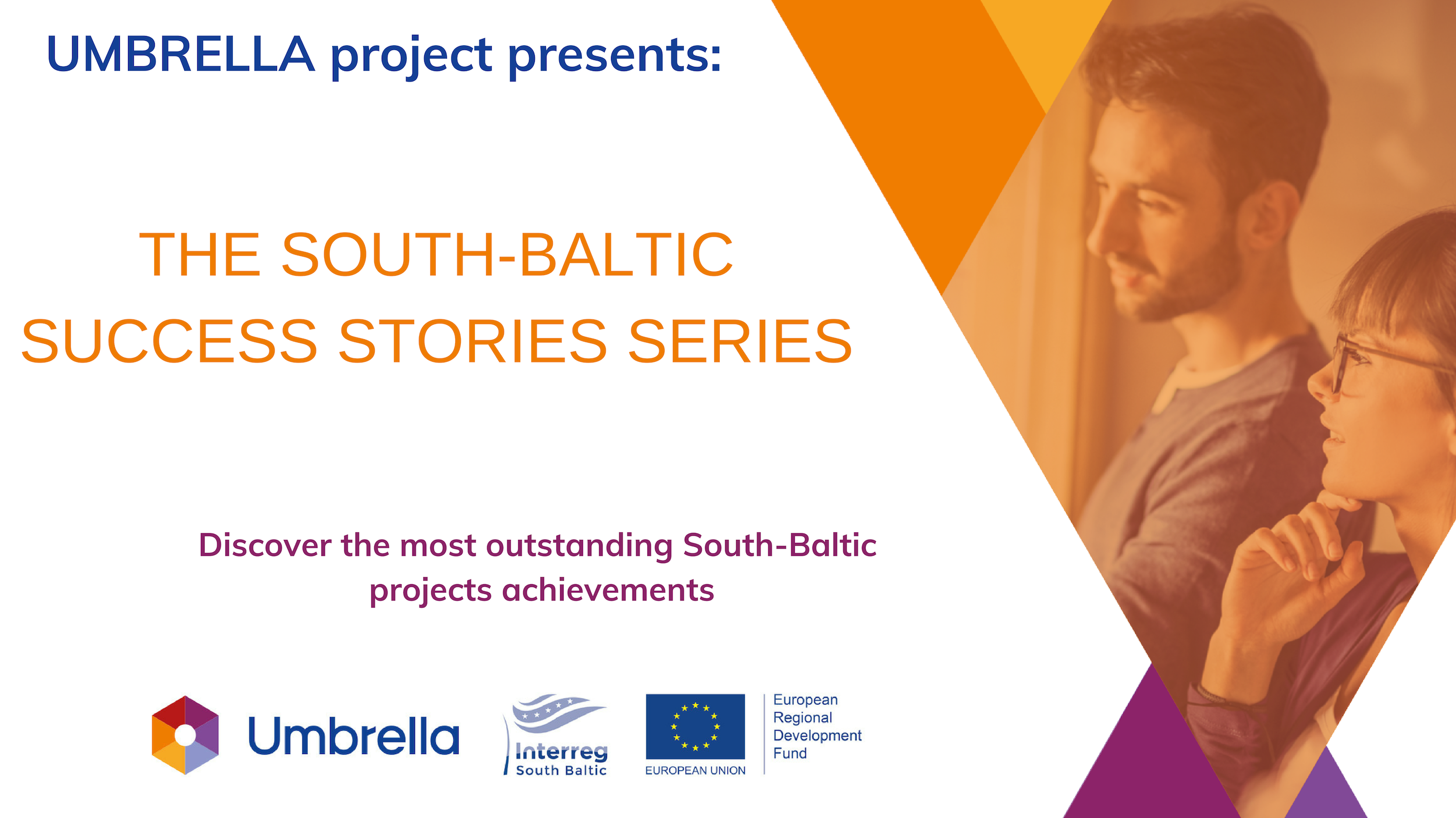
The South Baltic success story #6 – LiveLagoons: Green islands in blue lagoons
This month we share with you our 6th Umbrella SuccessStory – Live Lagoons project!
First, please see their great video promoting the project LiveLagoons: Green islands in blue lagoons.
The LiveLagoons project aims at improving the water quality in eutrophicated lagoons in the South Baltic by the use of floating wetlands for nutrient removal. Already existing commercial applications for freshwater are adapted to the Baltic lagoons environment using native emergent macrophytes.
The floating islands allow restoring and rehabilitating of coastal habitats: Through their root system, the plants take up nutrients, like nitrogen and phosphorus, from the water and release oxygen into the water. Furthermore, bacteria transform nitrate to molecular nitrogen which can leak as gas from the Baltic Sea and cannot be used directly as nutrient anymore. Moreover, the green islands reduce the water currents, enhance sedimentation and enable higher water transparency, which is appreciated by residents and tourists.
Within the project first floating wetlands were installed in the Darss-Zingst Bodden Chain (Germany), in the Curonian lagoon (Lithuania) and in the Szczecin Lagoon (Poland).
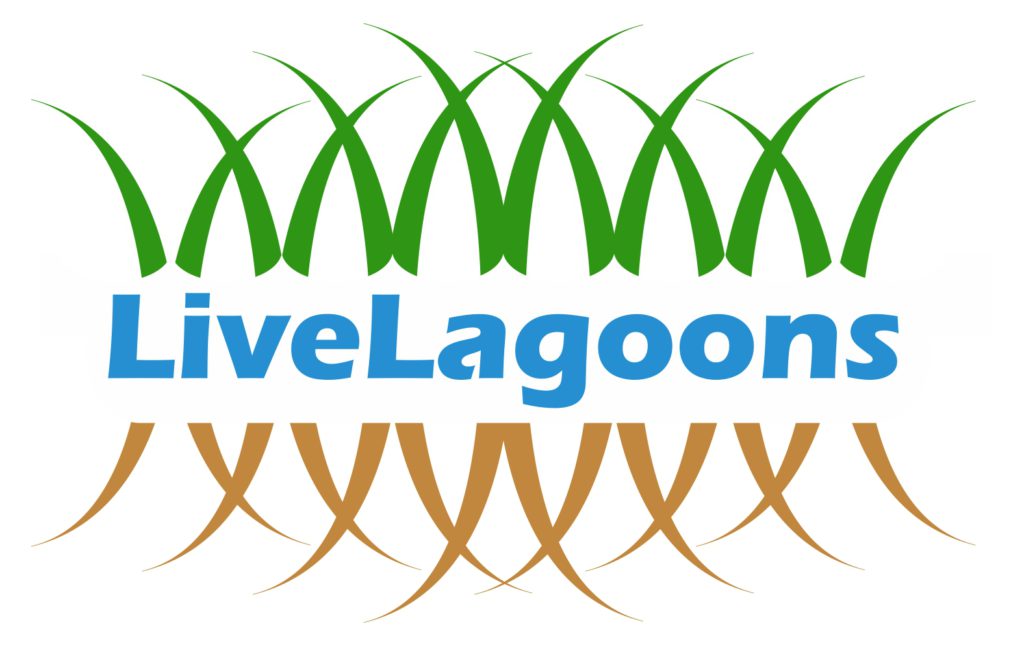
Recommendations
How to choose the right plant species?
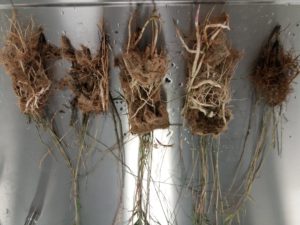
- Use native and non-invasive emergent macrophytes.
- Choose perennial plants, if possible with aerenchyma (“air channels”).
- Consider local environmental conditions, e.g. salinity and climate.
- Think about biomass utilization (e.g. fodder, energy, construction material) before harvest.
- Decide if you want to use the floating islands also as biodiversity hotspots (e.g. integration of endangered species such as Iris pseudacorus) or tourist attraction (e.g. integration of flowering plants such as Lythrum salicaria).
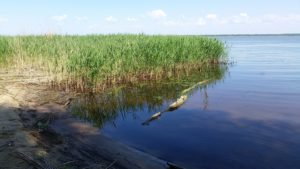
How to maximize nutrient removal efficiency?
- Timing of plant harvest is crucial. Perennial macrophytes move their nutrients into the roots when senescence starts in autumn. To be most effective, harvest should be in (late) summer but still in agreement with local nature protection regulations.
- Consider site-specific conditions: Do you want to enhance particle settling and thus nutrient burial? Then use macrophytes with a dense and large rhizome network. If you have problems with oxygen shortages use plants with short roots to allow free water flow.
- Try to combine floating macrophytes with other nutrient removal options, e.g. attach longlines for mussel or macro-algae cultivation to your island.
Project partners
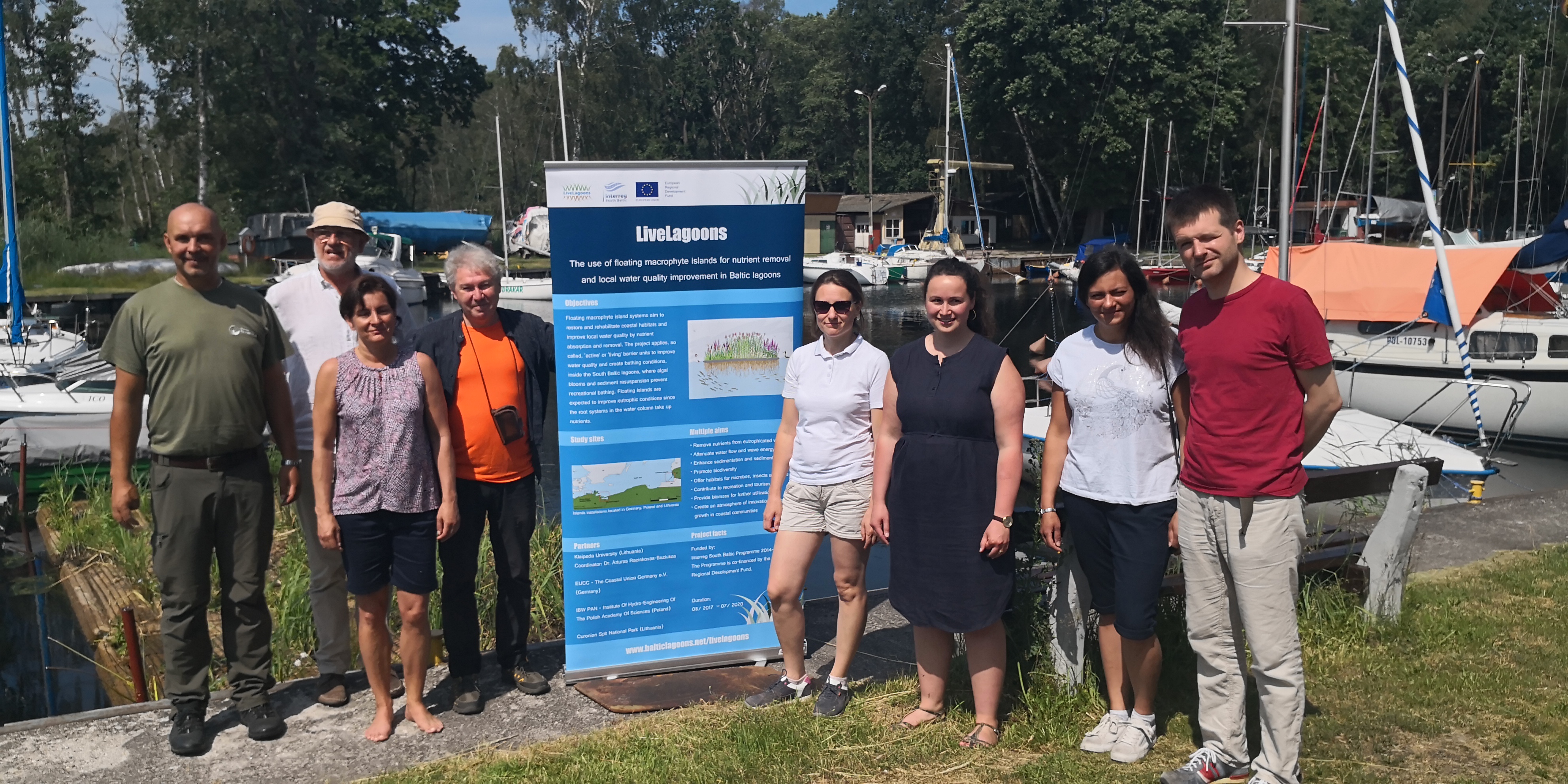
Klaipeda University, Lithuania
EUCC – The Coastal Union Germany, Germany
IBW PAN – Institute of hydro-engineering of the polish academy of sciences, Poland
Curonian spit national park, Lithuania
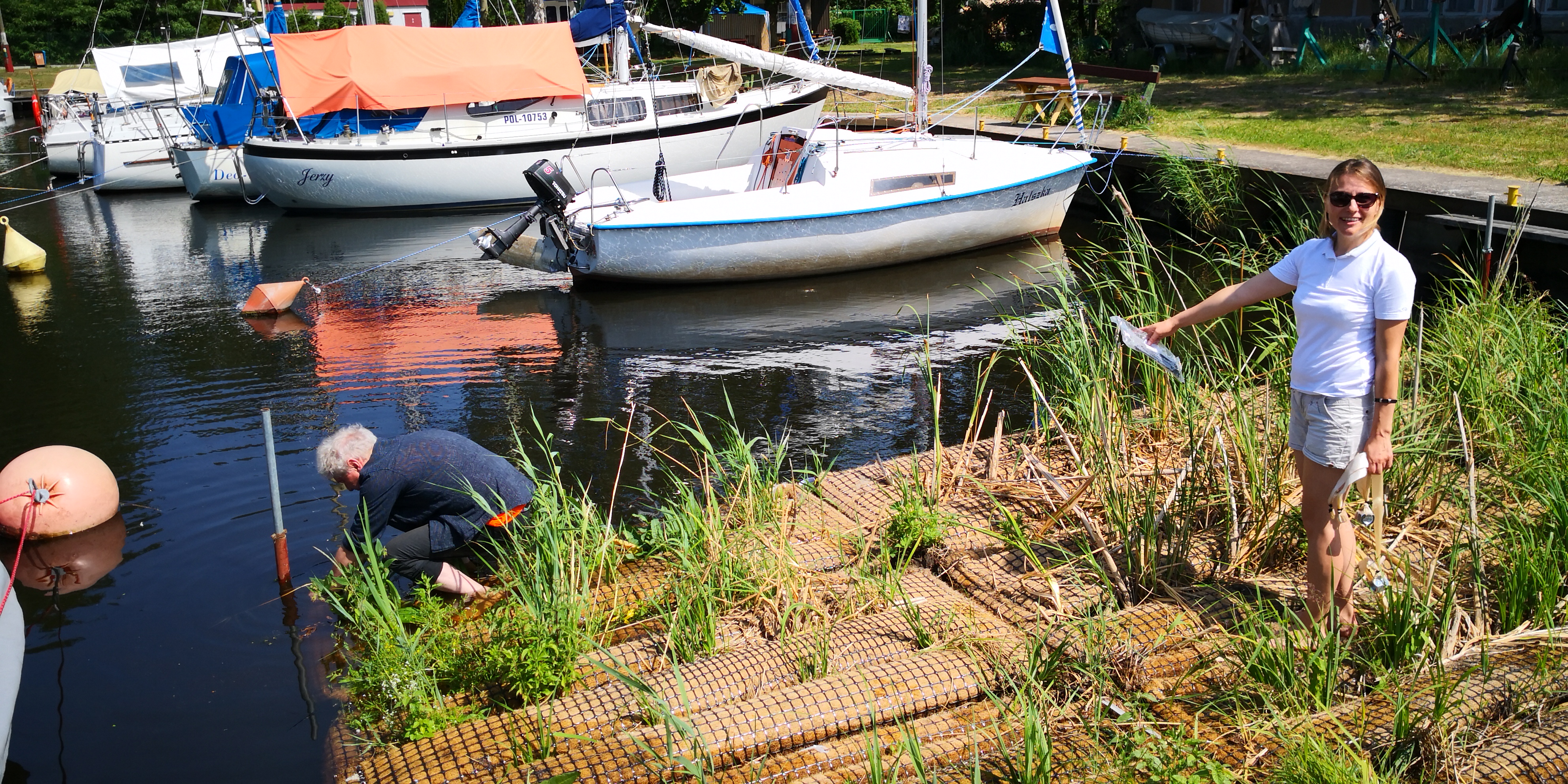
Project duration: 8/ 2017 – 7/ 2020
Webpage: www.balticlagoons.net/livelagoons/
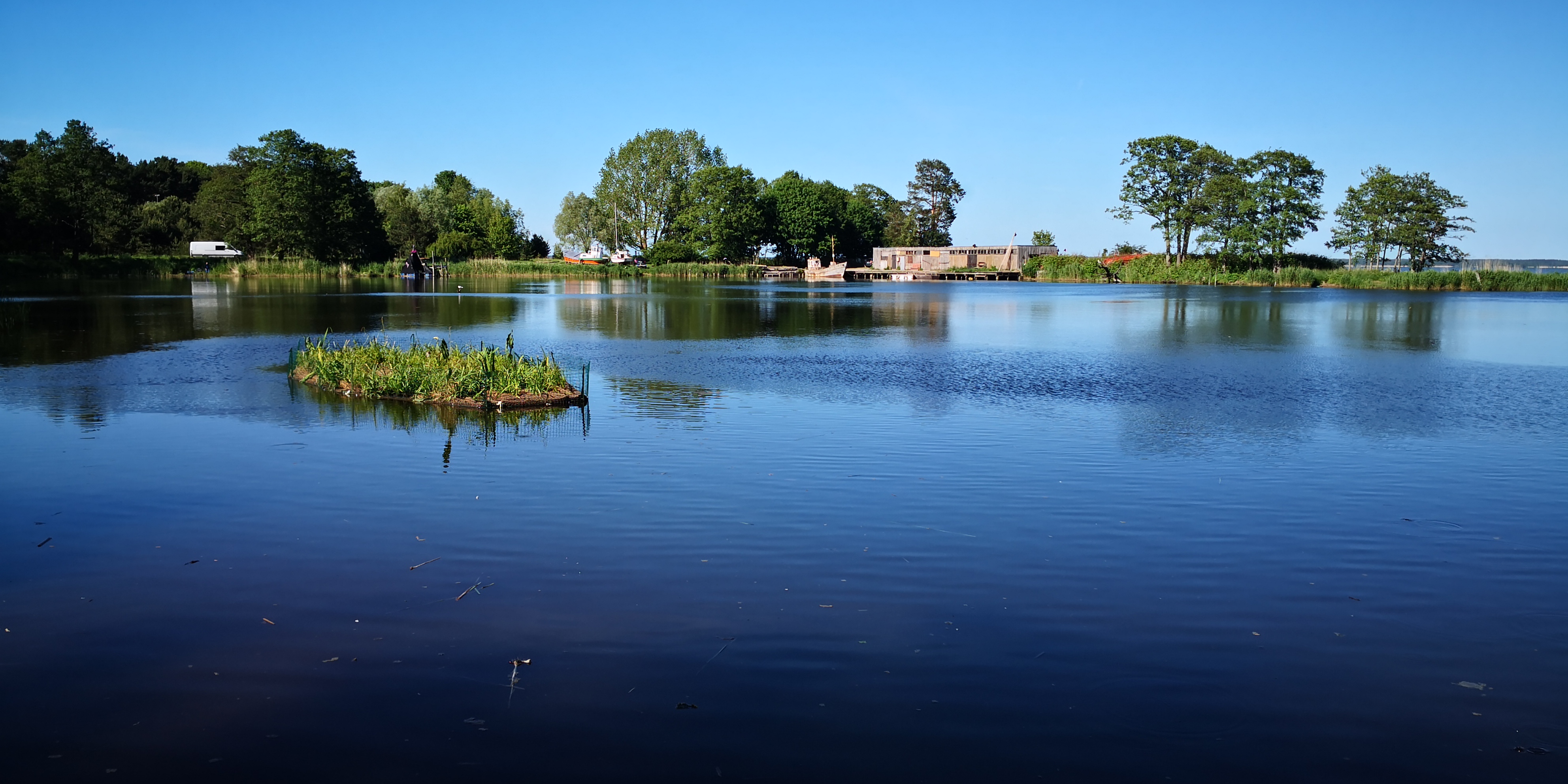
This SuccessStory was delivered to you in the framework of UMBRELLA Interreg South Baltic Project.

Tags: beneficiaries, blueeconomy, capacity building, Interreg, project, project development, SouthBaltic, success story, Umbrella
